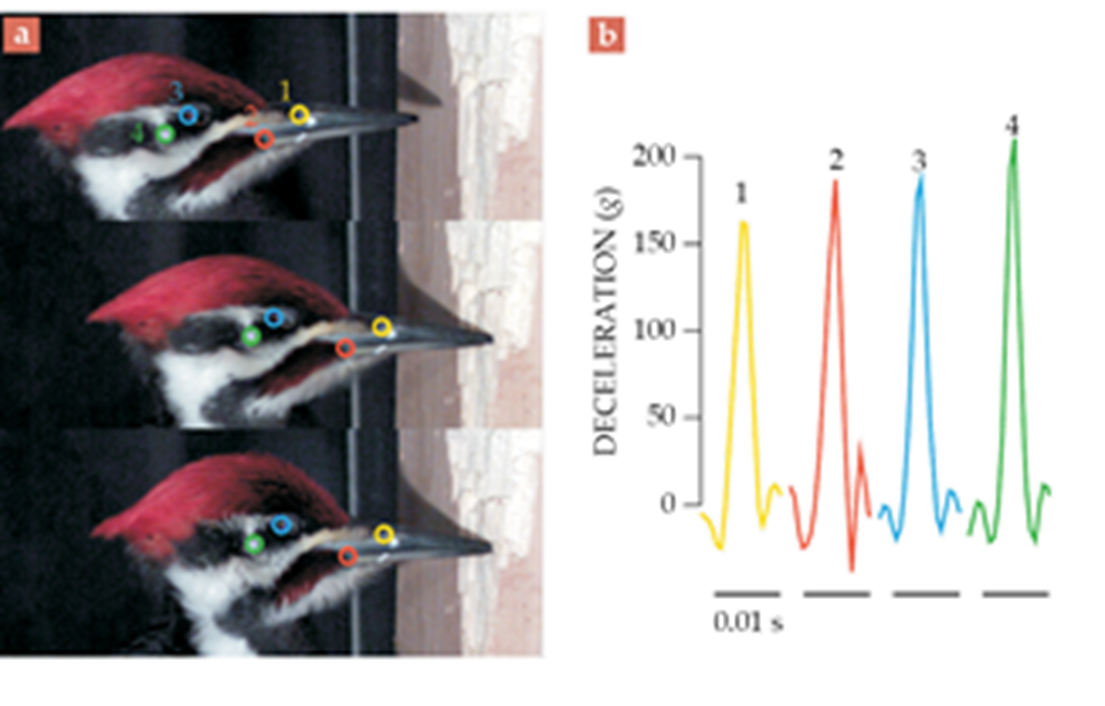Happy Thought for 28 March 2024
Have a Happy Thought:
Image: Gary Zambonini https://creativecommons.org/licenses/by-sa/2.0
Side comment: the Latin name for the Great Spotted Woodpecker,
Dendrocopos major, effectively translates to “big wood-pain”. Which is a mood.
Side-side comment: despite “wood-pain” being the obvious name for all
woodpeckers, only 12 species of woodpecker are in the “wood-pain” genus, out of
a total of 240 species.
Side-side-side comment: There’s another genus called Xiphidiopicus which
as far as I can tell translates roughly to “divine sword woodpecker” or
something like that. Which is an entirely different, and totally badass, mood!
Back to the main point: if you’re like me-from-a-few-weeks-ago, you’ve probably
heard that the reason that woodpeckers don’t get brain damage, even has they
bang their heads seriously hard against seriously-hard wood, a serious number
of times and seriously fast …
Common Sense: “If the beak absorbed much of its own impact, the
unfortunate bird would have to pound even harder.” (ok, not only is this common
sense, it’s from an article
in medical journal The Lancet, from 1976).
They took high-speed video of woodpeckers doing their thing, and then
basically ran the same calculations used on crash-test dummies to figure out
how deadly a car crash would be on a human. This showed that the whole head of
the woodpecker went through the same deceleration – there is no internal shock absorption!
Image: Tracking impact acceleration on the beak and near the braincase of a
pileated woodpecker. (b) This representative example shows the deceleration of
those landmarks. Source: https://doi.org/10.1063/PT.3.5385
Oookaaaaayyyyy, you say, so how is it that woodpeckers avoid concussions, when their brains are hitting 400g with all of that back-and-forth, and a piddly 135g of acceleration will give a human a concussion?
- We are no closer to a miracle
concussion-preventing helmet
- Giant woodpeckers can’t
exist




Comments
Post a Comment
Thank you, we love reading your comments!